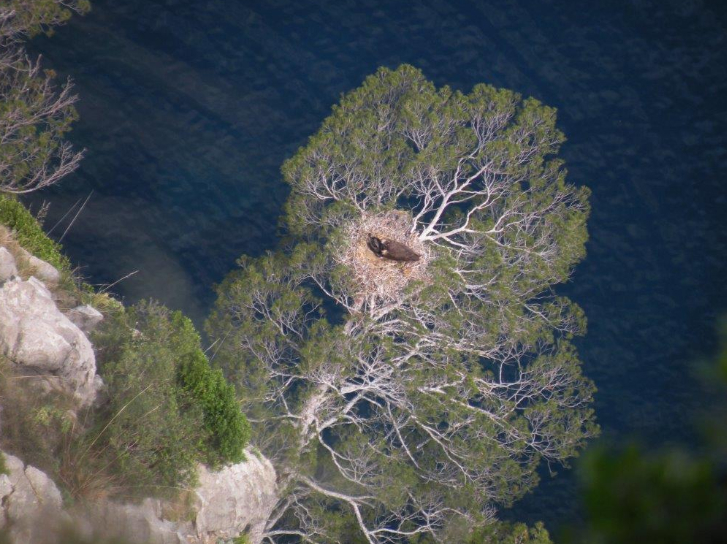The Egyptian vulture is a partially migratory species across its vast global range, with vultures from Eurasia wintering in Africa, in a belt from Mali though Sudan to Ethiopia. Previous research has indicated that Egyptian vultures from the Iberian Peninsula winter mostly in an area comprising Mali-Burkina Faso-Chad. They normally leave in September and arrive back to the peninsula in March. However, in the last few years, the VCF, and elements from the Junta de Extremadura (GOBEX), have found and monitored an overwintering population in Extremadura (Spain) that totals over 100 birds. Little is known about the origin of these birds, so the VCF and GOBEX started a project last year to try to find out more
Last winter two Egyptian Vultures were already captured and tagged – Fresnedosa and Jara, both females. Jara (an adult bird) bred in Extremadura in a site 60Km away from the wintering/capturing site, and then decided to migrate last September to Africa – in itself an interesting fact, as this bird overwintered one year in Iberia and migrated the other – only to disappear, probably killed, in central Morocco. Fresnedosa (the immature) has been making only short moments (20km) around the area where it was captured in early 2015, including several excursions to nearby Portugal.
This weekend the VCF-GOBEX team organized another capture session, and were lucky enough to capture 6 Egyptian vultures (2 adults, 1 subadult and 3 young from this year) and one black vulture – see photos.
Four Egyptian vultures were tagged, the two adults, the subadult, and one of the juveniles. The birds will be named after the results from the sex determination are out. Samples for toxicology and parasitology (blood and swabs) were taken from all the Egyptian vultures. This year there are about 120 individuals present in the area
The project is implemented by GOBEX and the VCF. Extremadura has about 175 breeding pairs of Egyptian Vultures, mostly in the northern part of the region, representing 10% of the total Spanish population, which in itself is the biggest in Europe.
Egyptian vultures are now globally endangered, and are declining fast across vast areas of their range, including in many regions in Spain. We hope that this study will help us understand more about its population dynamics, threat factors, including mortality causes, and thus help in their conservation.
Stay tuned to the VCF website-Facebook-Twitter for more news!
Photos VCF





